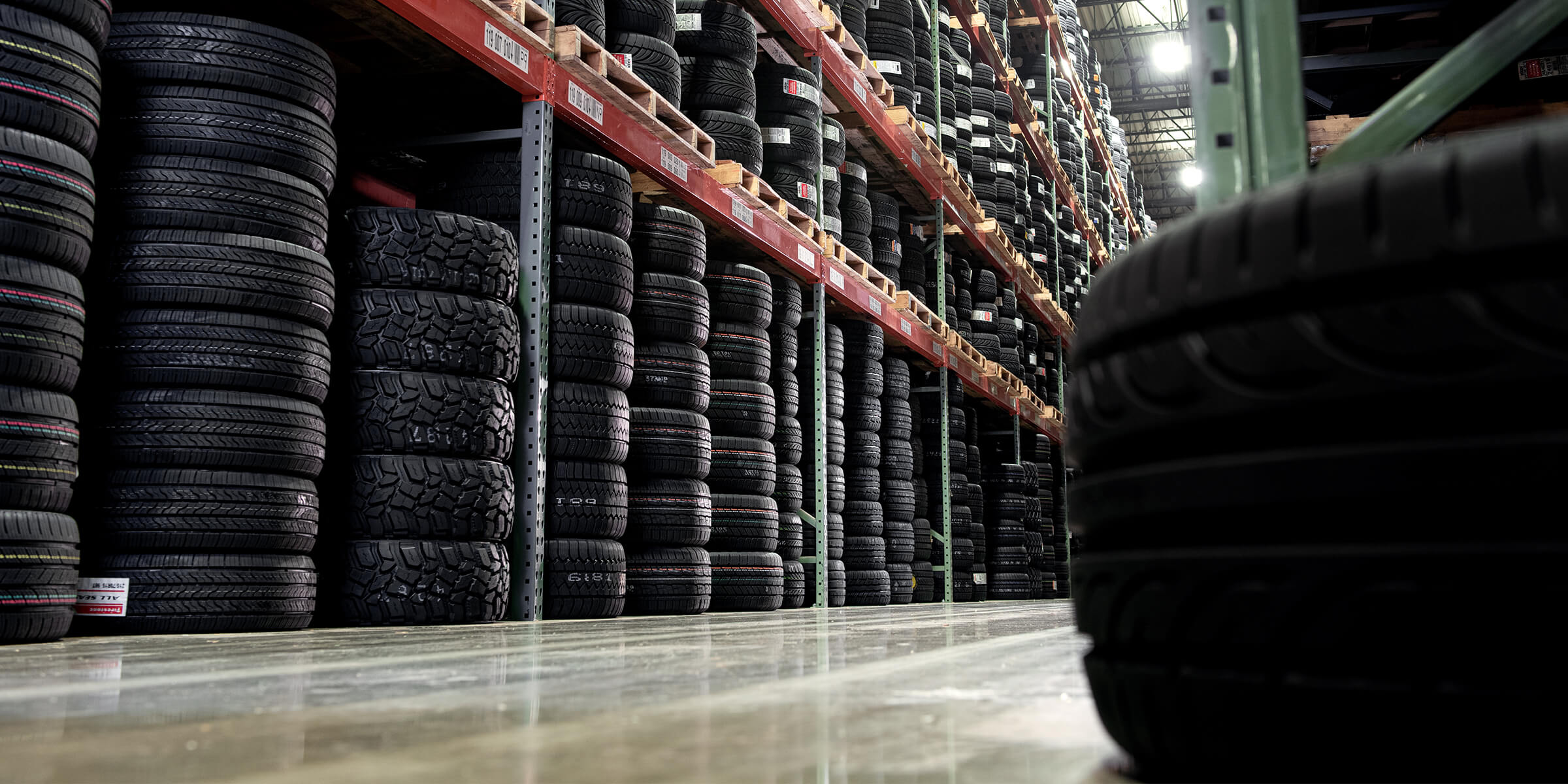Don't Lose Out on Mopar Tire Service Specials: Budget-friendly Upkeep Packages
Tire Service: The Effect of Weather
When it comes to ensuring optimal performance and security on the roadway, recognizing the impact of weather condition conditions on tire service is vital. In this discussion, we will certainly check out the detailed relationship between climate conditions and tire service, losing light on the significance of weather-specific tire upkeep methods and factors to consider.
Warm and Tire Efficiency
When revealed to high temperature levels, tires experience adjustments in performance that can substantially influence vehicle safety and handling. The warm created from long term driving or warm climate problems causes the tire rubber to soften, leading to reduced tread life and enhanced wear.
Additionally, heats can accelerate the process of tire aging, triggering the rubber to deteriorate quicker. This can lead to cracks, protrudes, and various other kinds of damages that endanger the architectural stability of the tire. To reduce the effects of warmth on tire efficiency, motorists must consistently examine their tire stress, revolve tires to make sure also put on, and evaluate for any type of indications of damage. In addition, utilizing tires specifically designed to endure high temperatures can aid preserve optimal efficiency and safety and security on the road.
Cold Weather Condition Effects
Winter problems can have a significant effect on tire performance and security. As temperature levels decrease, tire rubber can set, resulting in lowered traction on icy or snow-covered roads. In winter, tires might also lose atmospheric pressure extra quickly, which can influence handling and fuel performance. In addition, chilly temperature levels can create tire sidewalls to stiffen, enhancing the risk of damage from fractures or other roadway hazards.
To minimize the impacts of winter on tires, it is crucial to frequently inspect tire stress and inflate them to the supplier's suggested levels. Utilizing wintertime or all-season tires made for winter conditions can also improve grip and grip on icy or snowy roads - mopar tire service specials. Proper tire maintenance, consisting of regular inspections for wear and damage, comes to be much more critical during chillier months to make certain optimum performance and safety and security
Rainy Issues Effect
Tires with damaged footsteps are more susceptible to hydroplaning, where a layer of water constructs up in between the tire and the road surface, leading to loss of traction. To fight this, motorists need to regularly inspect their tires for sufficient tread depth and think about investing in tires particularly developed for damp problems.

Snow and Tire Safety
When driving in snowy conditions, having the right tires can make a considerable difference in safety and security and performance. Winter tires are made with special rubber compounds and step patterns to offer far better traction on snow and ice contrasted to all-season tires.
In enhancement to utilizing winter tires, it is critical to ensure they are effectively blown up. Winter can create tire pressure to go down, affecting grip and handling (tire shop morris). Routinely examining and maintaining the appropriate tire stress is important for optimum performance in snowy problems

Weather-Related Tire Maintenance
When faced with numerous climate condition, proper tire upkeep comes to be a critical facet of automobile safety and security and efficiency. Weather-related tire maintenance encompasses a variety of techniques aimed at making sure optimum tire function and long life in different weather circumstances. One crucial element of weather-related tire maintenance is tire stress guideline. Varying temperature levels can cause tire stress click here for more info to differ, impacting grip and fuel performance. Routinely adjusting and checking tire stress according to supplier her comment is here suggestions is important for secure driving in altering climate conditions. In addition, tire walk deepness plays a considerable duty in dealing with different weather elements. Tires with ample walk depth supply much better grasp on wet or icy roadways, decreasing the threat of hydroplaning or skidding. When step wear gets to a specific deepness is vital for maintaining grip and security in adverse weather condition, evaluating tire tread consistently and replacing tires. By prioritizing weather-related tire maintenance, vehicle drivers can improve safety and security, improve car performance, and extend the life-span of their tires.
Conclusion
In final thought, weather condition problems have a considerable impact on tire efficiency and safety (morris tire and alignment). From warmth impacting tire pressure and use to cold climate reducing grip, it is important to take into consideration the weather condition when maintaining and using tires.
In this conversation, we will discover the elaborate partnership between climate problems and tire service, dropping light on the importance of weather-specific tire upkeep practices and factors to consider.
